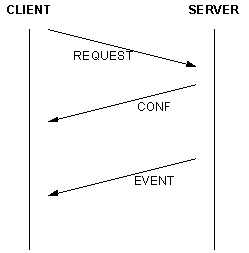Introduction to CTI
The workflow of a modern contact center is based on two main areas: the media for communicating with the customer and the platform for servicing customer requests.
CTI is the integration of the communications media (phone, email, or web) with the customer service platform (customer databases, transaction processing systems, or CRM (customer relationship management) software packages).
Integrating communications media with the customer service platform helps agents serve customers improved and faster in the following two ways:
-
It enables the agent to leverage the information and events provided by the media to direct workflow.
-
It increases the depth and breadth of customer information presented to the agent when the customer's contact arrives at the workstation.



 Feedback
Feedback